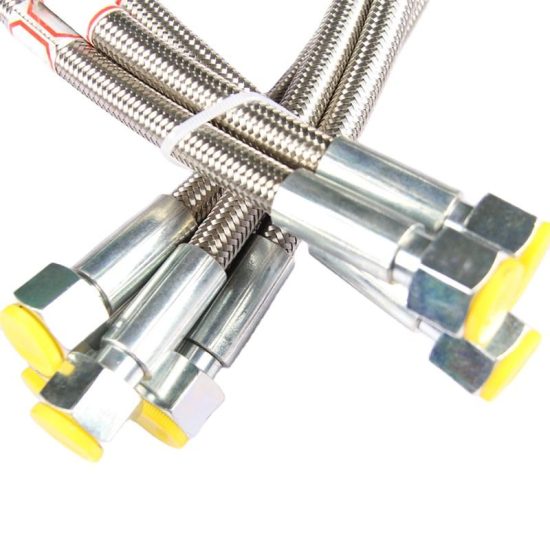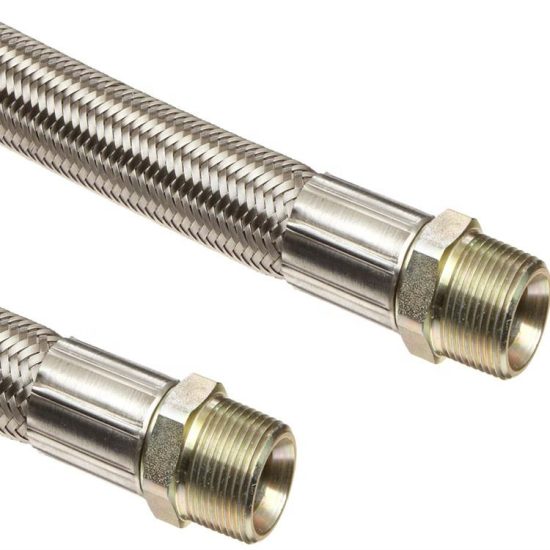To maximize the performance of metal hoses in industrial applications, several factors should be considered:
- Proper Material Selection: Choose the appropriate metal alloy considering factors like temperature range, pressure requirements, chemical compatibility, and environmental conditions. Stainless steel, Monel, Inconel, or bronze are commonly used materials with specific advantages for different applications.
- Accurate Sizing and Design: Ensure the hose’s diameter, length, and thickness align with the specific requirements of the application. Proper design, considering factors like pressure, temperature, vibration, and flexibility, is crucial for optimal performance.
- Quality Manufacturing: Employ high-quality manufacturing processes to produce metal hoses that meet industry standards. Consistent and precise fabrication techniques, including welding, forming, and assembly, are critical to ensuring the hoses’ integrity and performance.
- Thorough Testing and Quality Control: Implement rigorous testing protocols during and after production to ensure the hoses meet performance standards. Pressure testing, leak testing, dimensional checks, and material inspections are essential steps to guarantee reliability.
- Proper Installation: Follow manufacturer guidelines for installation, ensuring correct fitting of end connections and proper anchoring to prevent stress points. Avoid excessive bending, torsion, or stretching during installation, as these can compromise performance and durability.
- Regular Inspection and Maintenance: Conduct periodic inspections to check for wear, corrosion, or damage that could affect performance. Implement preventive maintenance practices to prolong the hoses’ lifespan and ensure continued optimal performance.
- Compliance with Industry Standards: Ensure that the metal hoses adhere to relevant industry standards and certifications, guaranteeing their reliability and safety in specific applications.
- Customization for Specific Applications: Tailor the metal hoses to meet the exact requirements of the application. This may involve custom fittings, coatings, or additional features to enhance performance and longevity.
- Proper Handling and Usage: Train personnel on proper handling and usage guidelines for metal hoses to prevent misuse or damage. Educate users on the hoses’ limitations and best practices for their operation.
- Continuous Improvement and Feedback: Gather feedback from users and stakeholders to identify areas for improvement. Embrace innovation and technological advancements to enhance the performance of metal hoses over time.
By paying attention to material selection, design, manufacturing quality, installation, maintenance, and continuous improvement, industries can ensure that metal hoses perform optimally, meeting the specific demands of their applications while maximizing their efficiency and longevity.

